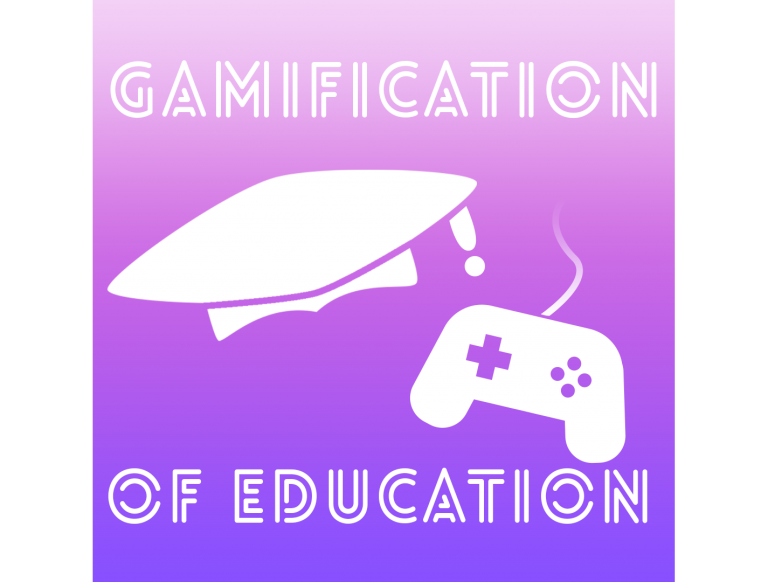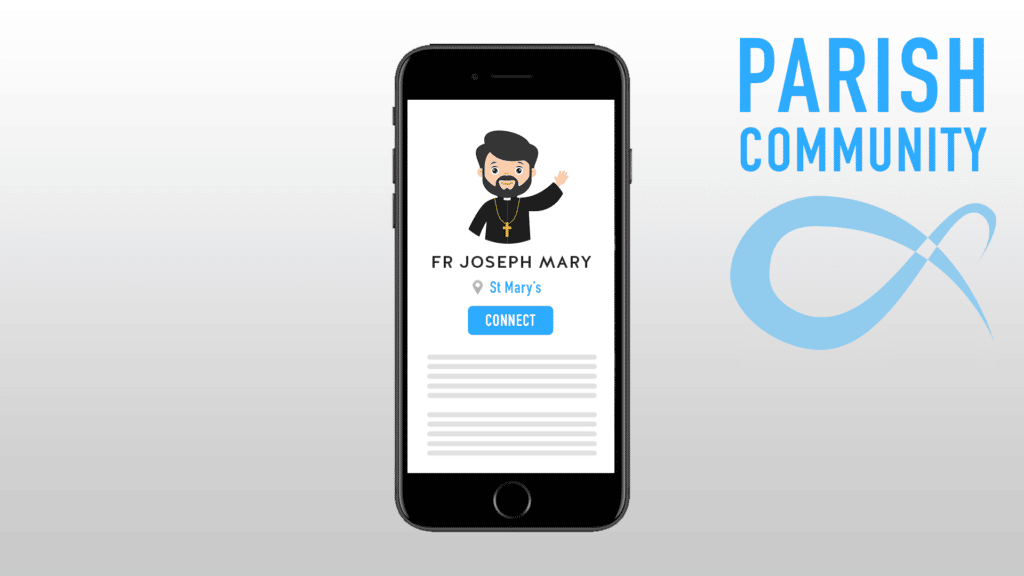
Welcome. This post begins to explore the potential for existing higher educational mechanisms to be more effective at motivating and engaging. I will compare gamification elements with learning management systems and suggest that these can be more productively harnessed.
There have been many lists of game elements created (Sailer et al. 2013). A list of generally accepted elements, as Kapp (2012) compiled include goals, rules, competition/cooperation, time, rewards, feedback, levels, storytelling and more. Most, if not all of these elements are already applied in higher educational contexts in some form.

For example, goals are a fundamental part of progressing through career and education. As a student, the goal is to achieve a certain qualification, but this is, of course, achieved by reaching smaller goals. Smaller goals could be completing individual units, assignments and even simply consuming weekly learning material. Levels might be the year of study. The expectation is higher for second and third year students than for first years. Time, feedback and cooperation can all be easily observed in the educational system.
Seeing as these elements are all present in the higher educational context, perhaps the key is to recognize these mechanisms as gamification and contributing to motivation. Furthermore, once these mechanisms are recognized as gamification, there is an opportunity to more accurately utilize them as gamification techniques. Could universities build on their systems so that these functions are highlighted in a more engaging and motivational style? This could start from the interface. The learning management system could draw on the the layout and design of video game interfaces. I refer to video game aesthetics and manner of displaying progress through bars, points, badges, achievements and statistics.

If it resembles a gaming environment, students might be more receptive and engaged, even subconsciously. But beyond the interface, maybe there’s room to incorporate narrative in the learning environment, thereby integrating the story-telling element. This could be as simple as placing assessment tasks in a narrative situation. It has been done before, and doesn’t require complete restructuring of the assessment, and may be as simple as attaching a scenario, or a reason for the task. The results were very positive in Ntokos’ (2019) study of gamification using role-playing elements in higher education. The aim was to increase class attendance and motivate students to participate. Most students agreed that the gamification of the course helped them to engage. In another study, Rojas-Lopez et al. (2019) found their gamification strategies to generally improve interest in their students by incorporating challenges, leaderboards and badges.
Both these studies have some good ideas and strategies of instigating gamification into educational courses. Although in many instances gamification requires a heavier workload for the teacher to implement these strategies (Ntokos 2019), the results in the long run may prove to be worth the effort.
Do you think there is an opportunity for greater use of gamification techniques in higher education? How would you achieve this?
References
Kapp, K 2012, The Gamification of Learning and Instruction: Game-based Methods and Strategies for Training and Education, Pfeiffer, San Francisco.
Ntokos, K 2019, ‘Swords and sorcery: a structural gamification framework for higher
education using role-playing game elements’ Research in Learning Technology, vol. 27, no. 2272, doi:10.25304/rlt.v27.2272
Rojas-Lopez, A, Rincon-Flores, EG, Mena, J, Garcia-Penalvo, FJ & Ramirez-Montoya, MS 2019, ‘Engagement in the course of programming in higher education through the use of gamification’, Universal Access in the Information Society, no. 3, p. 583, doi:10.1007/s10209-019-00680-z
Sailer, M, Hense, J, Mandl, H, & Klevers, M 2013, ‘Psychological Perspectives on Motivation through Gamification’, Interaction Design and Architecture(s) Journal, vol. 19, no. 1, pp. 28–37.


